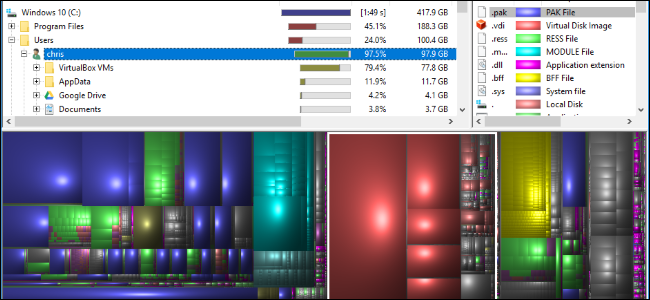

Obviously, you can delete a lot of small junk files but The question is how to find out which are the largest files. If they are not needed then there is no sense in keeping them on your computer. The purpose of this article is to show you how to find out the size of some of the largest files on your computer so you can take action and delete them if they are not needed. I have also blogged about other reasons in the past. In this article I won’t be going into the details of the reasons why drives run out of space but I can tell you that trace logs, SharePoint_Config_log.ldf file on SharePoint 2010, and cache files in %windir%\winsxs\ManifestCache folder on the server and PST files, temporary files, and thumbnails, eating up the disk on the workstation are a few common reasons. There are too many reasons why a drive can run out of space, or continue to run out of space even if you keep freeing more disk space. In fact, I have often seen drives literally have no available space on a SharePoint or SQL server. When working with Windows computers, especially Windows servers, I often run into situations where the hard drive is running out of disk space.


 0 kommentar(er)
0 kommentar(er)
